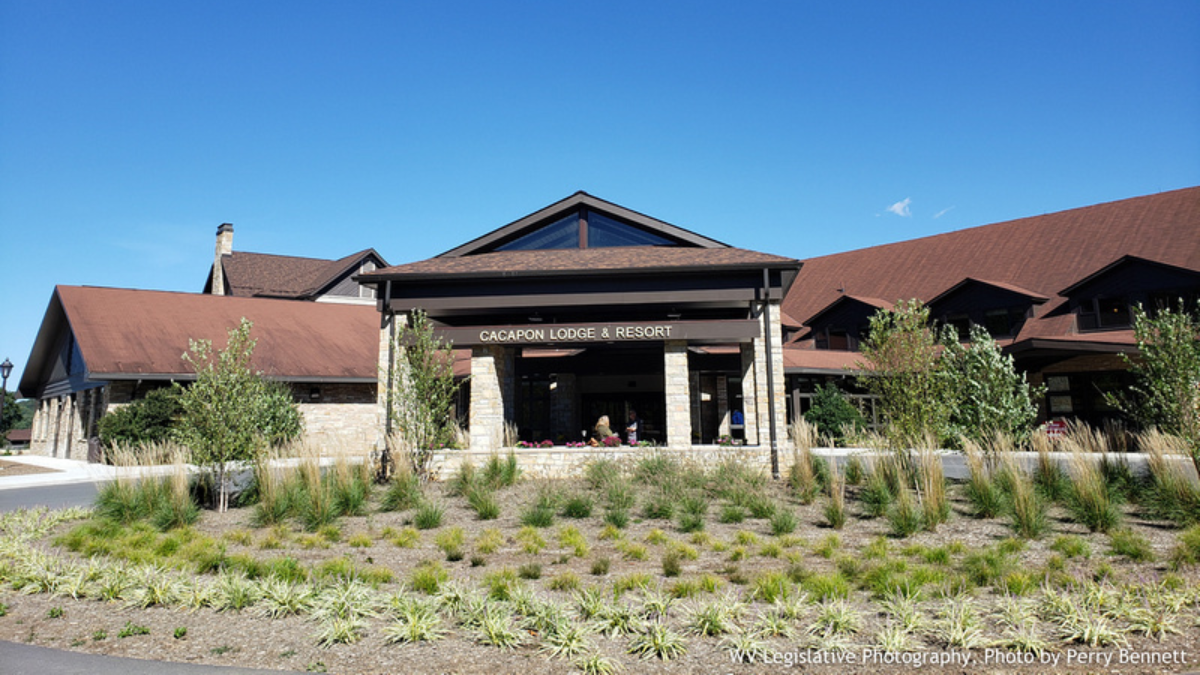Updated on Monday, April 17, 2023 at 4:30 p.m.
Monday, April 17, the public hearing has been canceled as a result of a lawsuit between Morgan County citizen Dale Kirchner and the West Virginia Division of Natural Resources. According to a Morgan County Circuit Court finding, the DNR was alleged to not have allowed sufficient lawful notice before the hearing was to take place. The DNR denies the claim, but agreed to cancel the meeting as a result of the suit.
“The Defendants maintain that the West Virginia Division of Natural Resources has provided lawful notice, pursuant to §§ 20-5-16 and 59-3-2 of the West Virginia Code, and would prevail on the merits, the filing said. “However, the Defendants do not wish to proceed if there is an appearance of impropriety, but instead desire to assure the public that it is in full compliance with any and all notice requirements. Accordingly, the Defendants find it fitting to cancel the meeting scheduled for April 18, 2023.”
There is as of yet no postponed date for the hearing.
Original Post
A public hearing regarding a proposed private campground development is scheduled at Cacapon State Park next week.
The hearing concerns the construction of an RV park on Cacapon grounds.
Three development proposals submitted by Blue Water Development, River & Trail Outfitters and Scenic LLC are being reviewed by the state Division of Natural Resources (DNR) as responses to a request for proposal posted last December.
One bid submitted by Blue Water Development said as many as 350 spots could be constructed.
“At this time, no vendor selection has been made,” a March release from West Virginia State Parks said. “Furthermore, the West Virginia DNR is under no obligation to accept any of the proposals as submitted and may negotiate the scope and specifications of any final agreement. No specific sites within the park have been selected for this potential development.”
The release also said that any trails impacted by the construction would be relocated or reintegrated into the new facility.
The Morgan County Commission voiced concerns about the development in a letter written last week, saying it could cause traffic and safety issues, overwhelm the park’s sewer plant and cause excessive excavation and clear-cutting of trees.
Environmental groups like the West Virginia Rivers Coalition and Sierra Club have also voiced similar concerns.
“This massive RV park and these types of private amenities are not compatible with the unique conditions of Cacapon and what we expect at WV State Parks,” West Virginia Rivers said in a statement on the potential development.
Morgan County community members have also assembled on park grounds in protest of the development’s potential approval.
“For the past three weeks, there has been a growing group of citizens meeting at the upper lake at Cacapon State Park in Berkeley Springs,” Morgan County resident Russell Mokhiber said in an email to West Virginia Public Broadcasting. “Seventy people showed up. The next week, 90 people showed up. This past Monday, 120 people showed up.”
Another protest is also expected on park grounds Monday evening.
The development comes after House Bill 4408 was passed into law during the 2022 West Virginia Legislative session. It allows for contracts to be granted to private companies to build recreational and lodging facilities on state park grounds.
The hearing is scheduled for 5 p.m. on April 18 at the park’s conference center.
Editor’s Note: This story was updated to reflect the change in status of the public hearing and add the filings with the circuit court of Morgan County.
